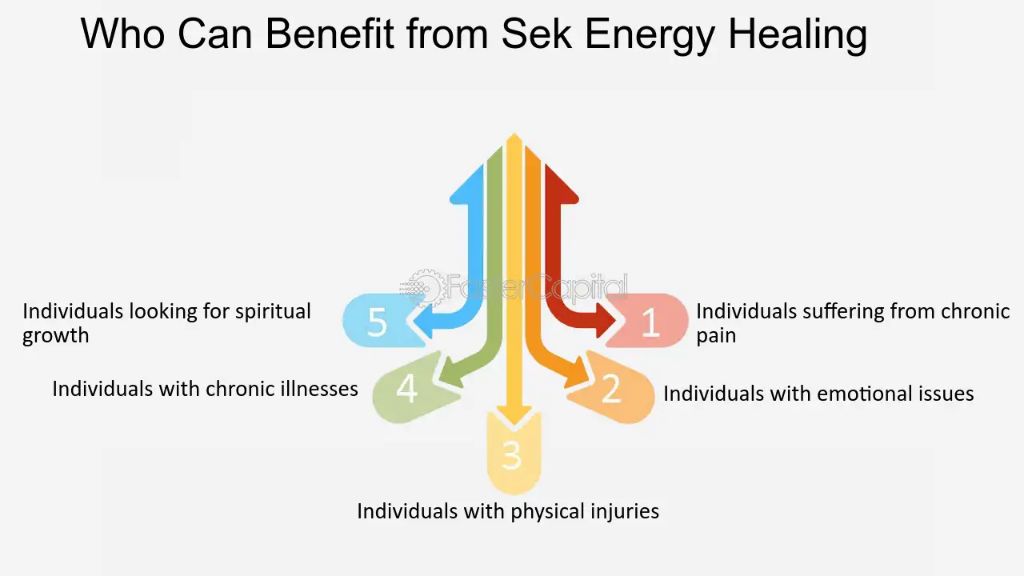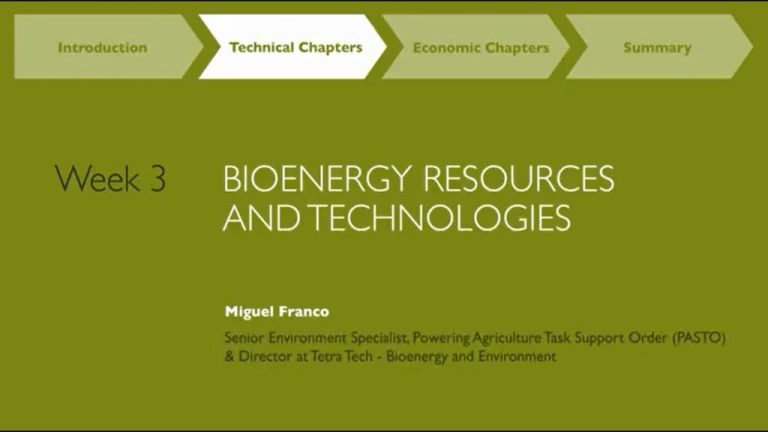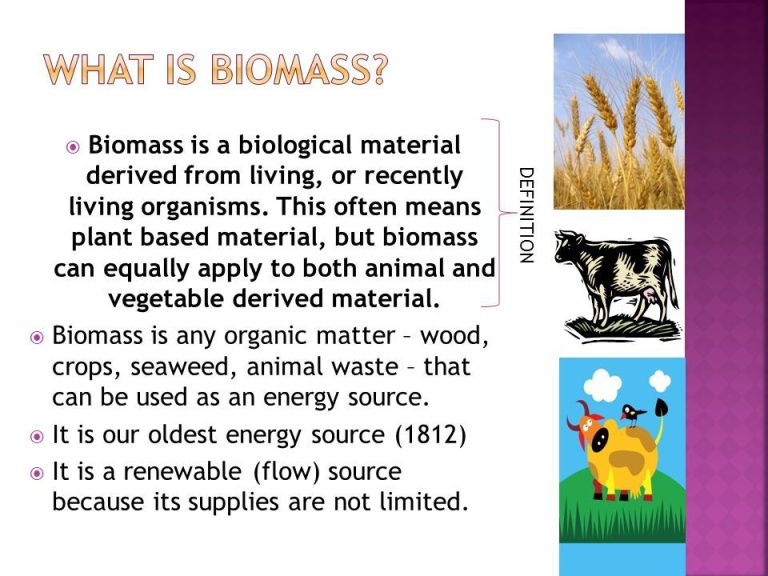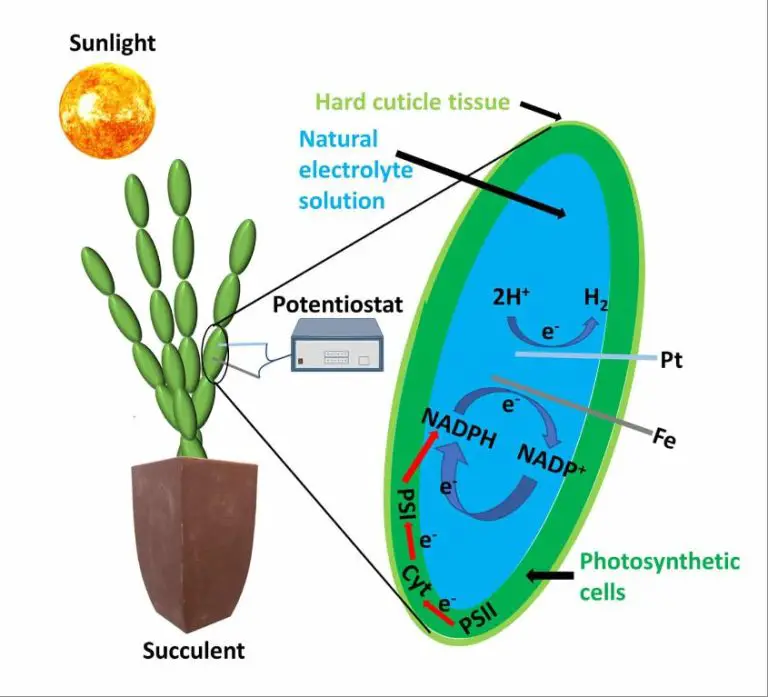Is Reiki The Same As Bio Energy?
Introducing Reiki and Bioenergy
Reiki is a form of alternative medicine called energy healing. According to the Cambridge Dictionary, reiki is defined as “a system of complementary medicine originated in Japan, in which practitioners place their hands lightly on or just above a patient’s body to transfer symbolic ‘healing energy’” (https://dictionary.cambridge.org/us/dictionary/english/reiki). The Merriam-Webster dictionary states reiki is “a healing technique based on the principle that the therapist can channel energy into the patient by means of touch, to activate the natural healing processes of the patient’s body and restore physical and emotional well-being” (https://www.merriam-webster.com/dictionary/Reiki).
Bioenergy or biofield energy refers to the subtle energy field that surrounds and penetrates the human body. Practitioners believe bioenergy can be manipulated to promote health and healing. Biofield therapies like Qigong, Reiki, and Therapeutic Touch are intended to affect energy fields that purportedly surround and penetrate the human body (https://nccih.nih.gov/health/biofield).
History and Origins
Reiki was developed in 1922 by Japanese Buddhist Mikao Usui, who reported experiencing a mystical revelation that enabled him to heal (https://www.reiki.org/faqs/what-history-reiki). Usui studied ancient teachings and texts to develop the system of Reiki, incorporating universal energy and spiritual healing. The term Reiki comes from the Japanese words “rei”, meaning universal, and “ki”, meaning life force energy.
Bioenergy healing has roots in many ancient healing practices that focus on subtle energy and the life force, such as Qigong, Tai Chi, yoga, and acupuncture. The concept of a “biofield” or subtle energy field around the body has been studied by scientists since the mid-1900s (https://www.ncbi.nlm.nih.gov/pmc/articles/PMC4654789/). Biofield therapies involve manipulating this energy field to promote health and healing.
Concepts and Principles
Reiki and bioenergy are both based on the concept that a universal life force energy flows through all living things. This energy is known as ki in Japanese or qi/chi in Chinese. The practice of Reiki focuses on balancing and channeling this energy to promote healing and wellbeing.
Reiki follows key principles originally defined by its founder, Mikao Usui. These include:
- Just for today, do not worry – let go of anxiety and live in the present moment.
- Just for today, do not anger – release negative emotions to maintain inner peace.
- Just for today, be grateful – practice appreciation to cultivate positive energy.
- Just for today, work diligently – commit fully when taking action.
- Just for today, be kind to others – compassion opens the heart and heals relationships.
Following these principles allows Reiki practitioners to develop a mindset that enables healing energy to flow freely (source: https://www.wellandgood.com/reiki-principles/). Unlike Reiki, bioenergy does not have defined principles, but works with the same concept of channeling vital energy.

Techniques and Practices
Both Reiki and bioenergy healing use a variety of techniques to promote healing and well-being. Some of the main techniques used in Reiki include:
– Hands-on healing: The Reiki practitioner places their hands lightly on or just above the client’s body, often following set hand positions corresponding to the 7 chakras or energy centers. The hands are kept in place for 3 to 5 minutes or more per position as the energy flows (https://www.healingcoursesonline.com/bio-energy-healing-articles/a-beginner-s-guide-to-bio-energy-energy-healing-therapy.html).
– Distance healing: Reiki energy can be sent distantly to someone without touch. The practitioner channels energy with the intention to heal the recipient.
– Self-treatment: Reiki practitioners can treat themselves by placing their hands on areas of pain or discomfort. Self-Reiki promotes relaxation, eases stress, and restores balance.
– Guided meditation: Some Reiki sessions incorporate guided meditation to promote deep relaxation. The client may visualize healing light filling their body.
– Crystal healing: Crystals are sometimes used to amplify healing energy. The crystals can be placed on parts of the body or around the treatment space.
Bioenergy healing uses similar techniques to channel energy through the hands to the recipient’s body. However, bioenergy healing focuses more on feeling and manipulating the energy field around the body rather than using set hand positions. Bioenergy techniques include:
– Energy scanning: The practitioner scans the client’s energy field, sensing areas of congestion or depletion. This allows them to identify blockages and customize the treatment.
– Unruffling: The practitioner smooths and organizes the aura or energy field around the body using their hands. This removes tangled areas that may cause discomfort.
– Chakra clearing: The practitioner may balance the major chakras by removing blocks and congestion so energy can flow freely through each chakra.
– Energy infusions: The practitioner channels healing energy into the client’s energy field to recharge depleted areas. This uplifting energy promotes healing.
Both Reiki and bioenergy healing take a holistic approach to healing, working with the physical, mental, emotional, and spiritual aspects of health. The treatments aim to restore balance and energetic flow throughout the system.
Scientific Evidence
There have been some scientific studies conducted on Reiki and other bioenergy therapies, though the evidence is still limited. Here is a summary of some of the main studies:
A 2021 systematic review published in BMC Complementary Medicine and Therapies looked at clinical trials on Reiki for pain management. The authors concluded that while some studies showed positive effects, the quality of the trials was low so no firm conclusions could be made [1].
A 2017 review from the Journal of Holistic Nursing examined evidence for multiple biofield therapies including Reiki, Therapeutic Touch, Healing Touch, and Polarity Therapy for cancer patients. They found some evidence these modalities decreased pain, anxiety, and fatigue, but called for more rigorous research [2].
A 2022 study in the Journal of Cancer Research and Clinical Oncology looked at clinical trials on Reiki for cancer patients. The authors concluded the evidence does not show Reiki is more effective than placebo or comparative treatments for common symptoms [3].
Overall the scientific evidence for Reiki and bioenergy healing is still emerging. High quality studies are still needed to determine their efficacy.
Benefits and Effects
Both Reiki and bioenergy healing claim to have a variety of benefits and effects. According to Everyday Health, some of the potential benefits of Reiki include:
- Reducing stress and promoting relaxation
- Alleviating pain
- Improving sleep
- Lowering blood pressure
- Boosting energy
- Easing anxiety and depression
- Speeding healing
- Enhancing well-being
Similarly, bioenergy therapy is said to help people release tension, reduce stress, and facilitate physical, emotional, and spiritual healing, as noted by RWMCVA. Some claim it can be used to treat a wide range of conditions.
However, the extent to which these benefits can be scientifically validated is debated. While many rely on anecdotal evidence to support the use of Reiki and bioenergy, robust clinical evidence demonstrating definitive results is lacking. More research is needed to conclusively prove the efficacy and quantify the effects.
Training and Certification
Both Reiki and bioenergy practitioners require extensive training and certification to properly practice their healing arts. Reiki training is traditionally done in-person and involves three levels of attunement by a Reiki Master. Level 1 focuses on self-healing, Level 2 on healing others, and Level 3 on becoming a Reiki Master. The certification process can take from 1-3 years. Bioenergy training also begins with self-healing practices and energizing one’s own biofield. Practitioners then advance to learning techniques for sensing and modulating energy fields in others. Certification involves completing coursework on anatomy, physiology, ethics, and energy healing modalities. Both Reiki and bioenergy certifications require extensive hands-on practice, mastery of techniques, and a commitment to ongoing development. Many practitioners are dual certified in both Reiki and bioenergy healing.
Comparisons Between Reiki and Bioenergy
Reiki and bioenergy are both forms of energy healing, but there are some key differences between the two modalities:
Reiki was developed in 1922 by Mikao Usui in Japan and is based on the idea of a universal life energy that can be channeled through a practitioner to facilitate healing. Bioenergy has earlier origins and involves sensing and modulating the body’s natural energy fields to bring about balance and wellbeing. According to energy healer Cristian Vasilescu, bioenergy works directly with the physical body while Reiki works through the energy body.
The techniques also differ – Reiki uses a series of hand positions either lightly touching or held above the body to channel energy. Bioenergy therapy may incorporate gentle touch, but focuses more on sensing and unblocking energy in the aura and energy meridians. Reiki relies on specific symbols and mantras while bioenergy uses intention and visualization.
Both modalities can promote relaxation, reduce pain and accelerate healing. However, bioenergy targets specific energy imbalances in the physical and spiritual body while Reiki aims to increase overall vitality and wellbeing. Reiki does not require diagnosis of energy blocks while bioenergy therapy is customized to an individual’s energetic needs.
In essence, bioenergy works directly with the subtle energy body to bring about balance and healing while Reiki channels universal energy to wherever it needs to go to create harmony and wholeness. Both are valid forms of energy healing with some overlapping benefits.
Expert Opinions
Experts have analyzed the similarities and differences between Reiki and bioenergy healing. According to bioenergy healer Mary Riposo, “The main similarity between Reiki and Bio-energy work is that they both focus on balancing the energy field and removing energetic blockages to restore health and vitality.” However, she notes key differences: “Reiki practitioners use light touch while Bio-energy practitioners hold their hands inches to feet away from the body. Reiki uses set hand positions while Bio-energy has no specific pattern.”
Reiki Master Teacher Lisa Guyman also contrasts the two: “In Reiki, specific symbols and attunements are used to channel Reiki energy, while bioenergy healing channels energy without these. Reiki sessions involve continuous hands-on healing, whereas in bioenergy healing, the practitioner scans the aura and biofield from a distance.”
According to research by Dr. Linda Lee, “While both Reiki and biofield therapies like Qigong aim to regulate the body’s energy flow, Reiki relies on techniques involving light touch on or near the body, while Qigong focuses on movement and meditation.”
Conclusions
After reviewing the history, techniques, and scientific evidence behind Reiki and bioenergy healing, there are some key similarities and differences that emerge. Both Reiki and bioenergy healing involve channeling universal life force energy to promote healing and well-being in the recipient. They rely on the practitioner’s ability to act as a conduit for this energy through intention, symbols, rituals, and sometimes light touch. The main difference lies in the approach – Reiki uses set hand positions and symbols passed down through a traditional lineage, while bioenergy healing is more freeform, with practitioners sensing energy blockages and directing energy through intuition and body awareness.
In terms of effects, both are reported to reduce stress, promote relaxation, accelerate healing, and create a sense of balance. However, the scientific evidence for both remains limited, with a need for more rigorous, large-scale studies to fully validate the benefits. Overall, Reiki follows a more structured system rooted in Eastern spiritual philosophy, while bioenergy healing brings in concepts from yoga, meditation, and energy medicine but allows more improvisation by the healer. Both ultimately tap into the same life force energy for healing, but channel it through different techniques and frameworks.
While more research is still needed, both Reiki and bioenergy practices provide non-invasive complementary approaches that many report lead to positive health outcomes. The main difference lies in whether a person is looking for a traditional Reiki lineage or prefers the flexibility of bioenergy healing.






